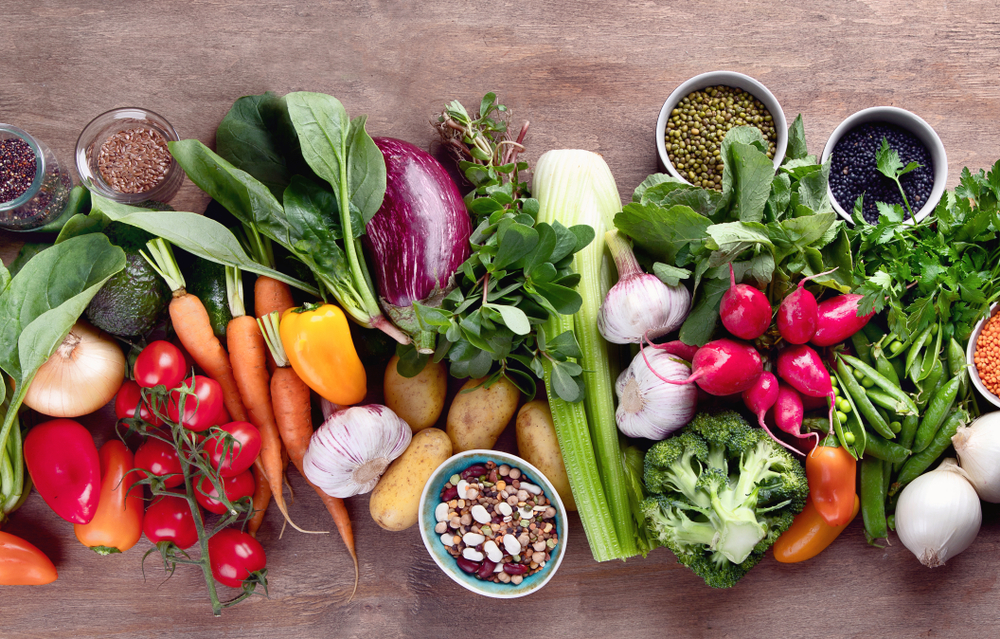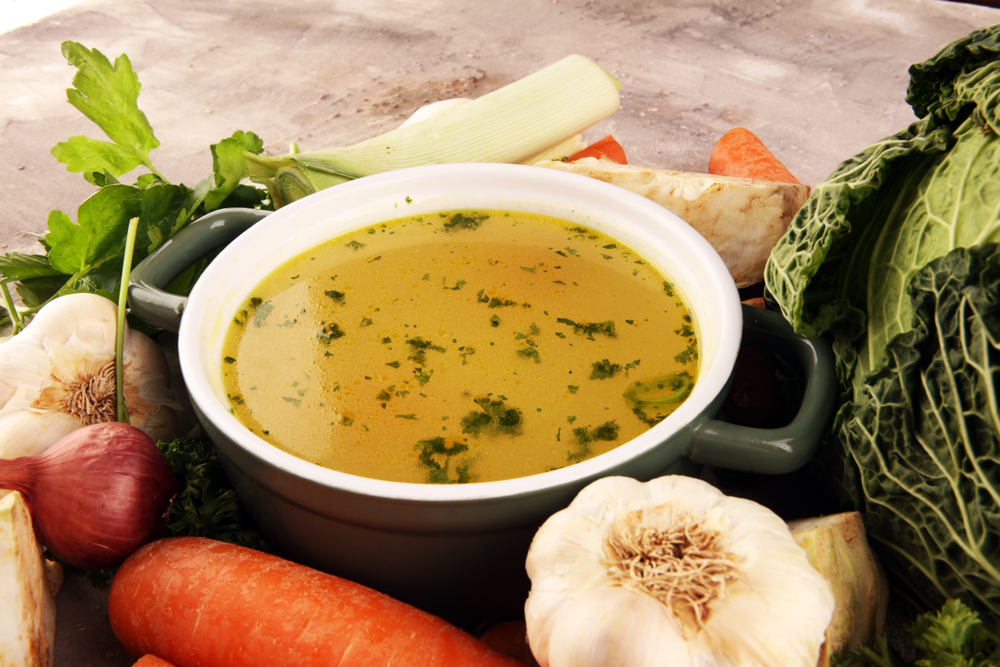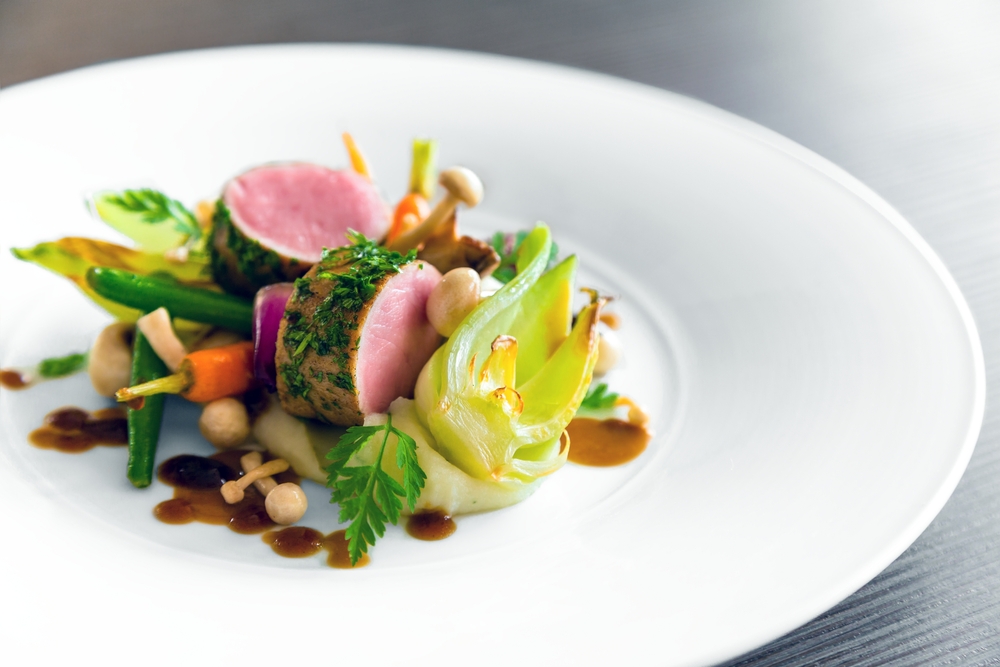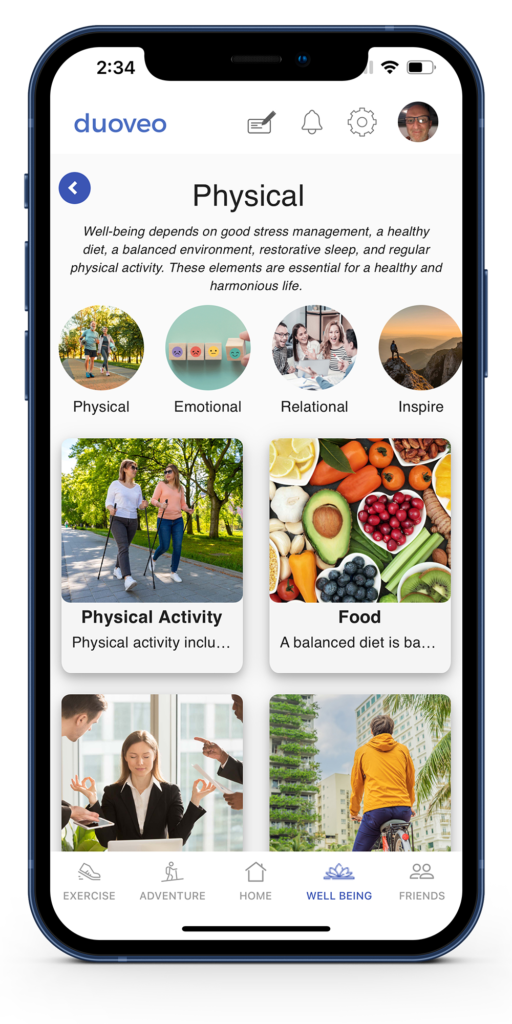Table of Contents
The ideal conditions for fasting
Intermittent fasting can be easily integrated into our daily life. However, long fasting can be more difficult to integrate and maintain into a life routine (lack of motivation, temptation, preoccupation, etc.). Therefore, we share several tips to help you prepare your fasting.
Fasting in a group

Being with a group of like-minded fasters will facilitate motivation and success of your fasting. You can encourage each other or share activities to pass the time.
Support and guidance
For fasting in ideal conditions, it is always preferable to be followed and/or accompanied by people who can advise you in your practice. But also, answer all your questions, support you in your experience, monitor the evolution of your health, and provide you with care, if necessary.
With a very moderate physical activity

If you want to optimize your rest and fasting in ideal conditions, it is best not to expend energy in any physical activity. However, a walk or a hike will be very appreciated for relaxation and nature contact. Also, it will circulate a minimum of the various bodily liquids (which participate in good circulation and cleaning). Think of stretching exercises or soft physical activities such as Gi Gong, Yoga, etc.
Away from worries & excesses

Fasting in ideal conditions requires to be away from other sources of energy expenditure. Such as stress, cogitation, and mental rumination. Cut yourself from all sources of worry (work, news, telephone, etc.).
Combined with deep relaxation activities
Do not hesitate to take advantage of fasting to pamper yourself: massage, sophrology, nature walks, meditation, breathing exercises, etc. However, other interventionist gestures with a therapeutic aim, such as enemas, purges, or herbal infusions, should be limited as much as possible unless necessary.
Fasting in the heat

It is best to avoid unnecessary energy loss during fasting. That is why it is preferable to fast in a warm environment. On the other hand, fasting in a cold environment would require more body adaptation and, therefore a loss of energy. An exception is dry fasting (very short fasts), where it is even suggested to take a cold bath to increase the body’s thermogenesis and accentuate the therapeutic fever.
Fasting & food reduction
To prepare your fasting it is essential to prepare your body by gradually reducing your food intake and improving the quality of its content. This is called food reduction. Commonly, it should last at least twice the duration of the fast you are considering. However, if you are a seasoned faster, three days to one week of food reduction for a planned week of water fasting may be more than enough.
Note that food reduction is imperative for anyone abusing and eating poorly for many years. Beyond the dietary descent, it is even recommended that these people switch to a healthier diet several months before considering fasting.
Just as with a car, we don’t downshift from 6th gear to 1st to avoid breaking the engine of our dear car. We should have the same logic for our organisms.
Here are some indicative steps to follow during a one-week treatment (each step can be divided by two for the more experienced):
Fasting & food reduction: Step 1
In the days or weeks preceding the fast (depending on its duration), start by reducing, then stop consuming substances such as alcohol, coffee, tea, processed industrial products, industrial gluten, fried foods, and, if possible, tobacco. Get sun and contact with nature as often as possible to vitalize yourself.
Step 2
As you get closer to the beginning of the fast (5 to 6 days before), reduce and then eliminate animal proteins (meat, fish, and eggs) and dairy products (butter, cream, yogurt, cheese, and milk). Also, start to reduce your salt intake. At this stage, focus on vegetables (cooked or raw), fruits, whole grains (wheat, bulgur, rice, quinoa, rye, etc.), legumes (red and white beans, chickpeas, split peas, lentils, etc.), and oilseeds (almonds, walnuts, hazelnuts, etc.).
Step 3
Three to four days before starting the fast, reduce and eliminate grains, legumes, and oilseeds. They require more digestive work than fruits and vegetables. The latter will make up most of your meals and help provide you with the minerals necessary to support the catabolic effects of long fasting. Do not hesitate to add Quinton water for more minerals. At this point, it is also a good idea to gradually reduce the amounts consumed.
Step 4
One or two days before, slowly decrease the quantities. You can also consider a mono diet or juice day. Broths and compotes are also welcome.
Fasting & food re-introduction
Food re-introduction is also one essential stage to well prepare your fasting. Depending on the method, the fast-breaking may be a little different. Moreover, the common denominator is the need for a progression in the refeeding. Indeed, the body has undergone many metabolic changes. The secretion of digestive enzymes stops with a long fast. As a result, digestive function is very slowed down. The mucus that protects the stomach decreases in thickness. Therefore, it is necessary to eat gradually to give the body time to readapt all its functions to food.
Thus, absorbing solid, salty, or spicy food can cause irritation and intestinal obstruction. Drinking alcohol during the first few days of refeeding can be very damaging or even worse. We remember the accidents that occurred during the refeeding process in the case of shipwrecked people, deportees, etc., who suffered significant deprivation

Food re-introduction in stages
To well prepare your fasting, food re-introduction must be carried out gradually. Indeed, it takes time for the stomach to understand that it must reproduce gastric juices and enzymes. Therefore, it is advisable to take very easily digestible foods in small quantities during the first few days. The “work” of fasting will then gradually slow down.
Food re-introduction duration must be respect. It is recommended that it be equal to at least half the number of days of fasting. Thus, for 2-week water fast, it will be necessary to refeed for at least 1 week gradually.
If we refer to Nikolaëv’s work, it would be preferable to readapt through liquids (fruit and vegetable juices) whose dilution is gradually reduced. Nevertheless, we do not recommend, nor do we practice, a recovery with fruit juice exclusively. In the case of juices that we prepare, the juice of fruit is systematically associated with a large number of vegetables to avoid the hyper/hypoglycemic effects disturbing you and your body.
The last days will be finished with semi-liquid food. Solid foods will only be consumed at the end of the food re-introduction. Below is an example of a 3 to 4 day, step-by-step, water fasting diet:
Day 1
- Morning: ¾ hot water and ¼ vegetable juice from the juicer, one to two glasses (13cl) depending on vitality.
- Noon: ½ hot water and ½ vegetable juice, one to two glasses (13cl) depending on vitality.
- Evening: ¼ hot water and ¾ vegetable juice, one to two glasses (13cl) depending on vitality.

Day 2
- Breakfast: Concentrated vegetable juice (from the extractor), with a bit of hot water if needed to warm it up (30cl) according to your vitality.
- Launch: One bowl of hot vegetable broth + minced raw parsley or sprouted seeds.
- Dinner: One bowl of hot vegetable soup + chopped raw parsley or sprouted seeds.
Day 3
- AM: potato soup to which we add, at the time of serving the soup, a raw egg (without the white), minced raw parsley or sprouted seeds.
- Noon: mashed vegetables and potatoes + 2 to 3 oysters
- PM: Mashed vegetables and potatoes + butter + fish or white meat
Day 4
- At noon: Mixed raw vegetables + mashed vegetables + rice + 5 to 6 oysters. Or potato soup to which we add a raw egg, minced parsley or sprouted seeds when serving the soup.
- On the evening: Various raw vegetables + starchy foods (rice or pasta or potatoes) + fish or white meat or oysters
Day 5
- Normal” feeding again with integration, ideally, of your new food settings (rhythm and content).
In general, always give preference to a quality diet, as natural as possible and avoid processed, refined and industrial products as much as possible.
Eat consciously and chew sufficiently to ensure that your digestive system is in the best possible condition to assimilate all the nutrients in your food. Also, eat as if you were tasting a dish in a gourmet restaurant. You would take your time to observe your plate, taste the separate foods and then make up a perfect bite to sublimate your palate. Finally, you would chew this mixture of flavors and consistencies … in consciousness with delight.

From a holistic point of view, fasting is about emptying your mind to welcome the new… The opportunity to take a new flight, to let go of things that no longer suit you and are not favorable for you. The period of food re-introduction allows you to know what is good or not for your body and to listen to it and its feelings.
Take advantage of all this and start a new chapter of life post “fasting” on new bases, healthier and better for your health in order to follow or maintain a healthy, happy and sustainable life.
If you want to learn more about fasting, don’t hesitate to have a look on my dedicated website: Jeûne & Sens
Interested in fasting? Have a look at our other fasting articles:


